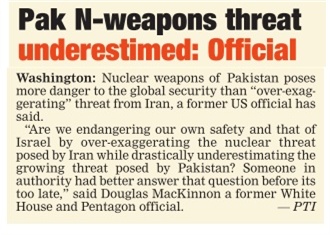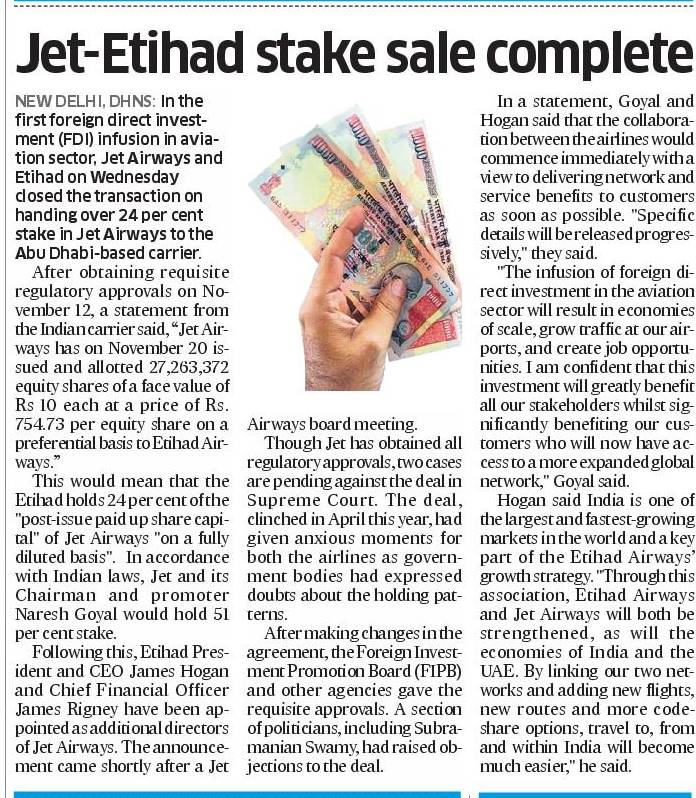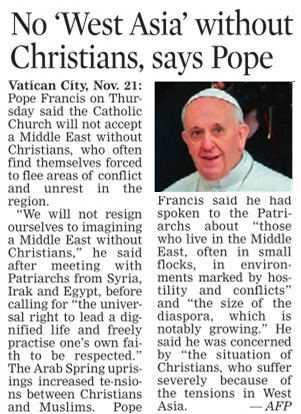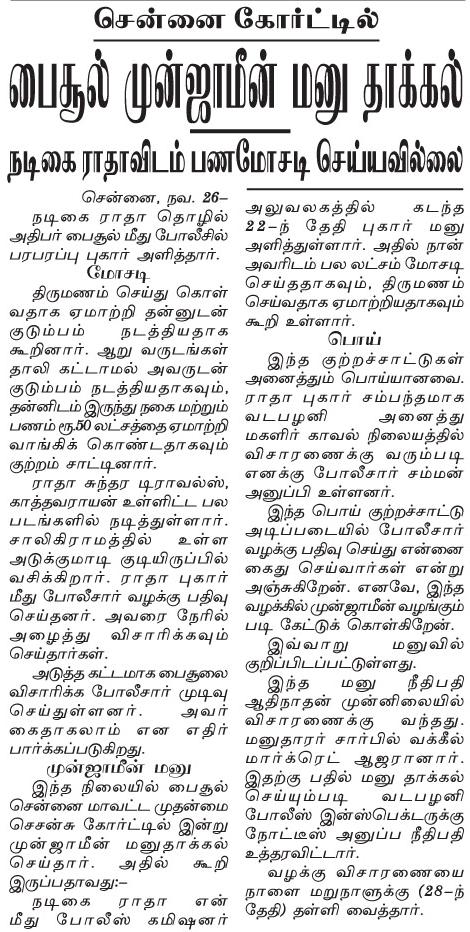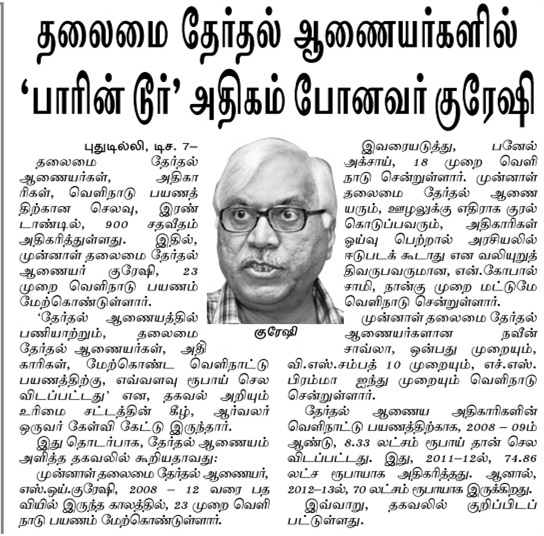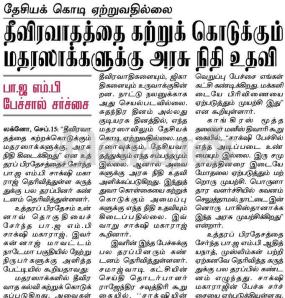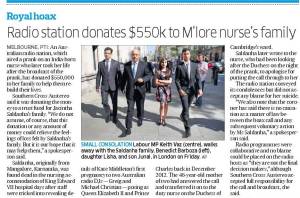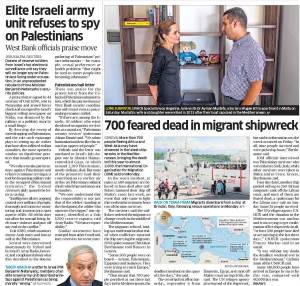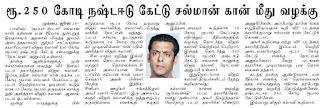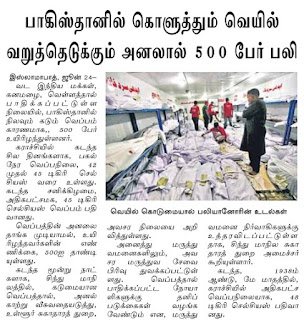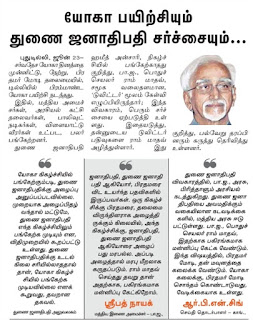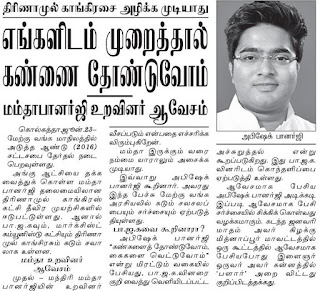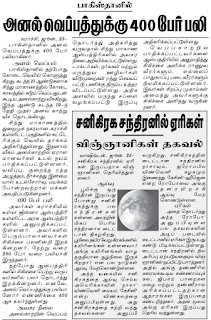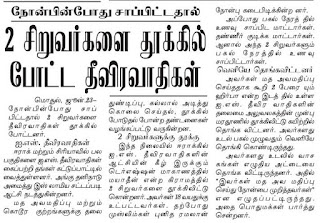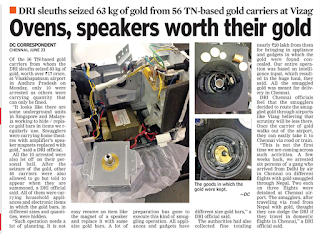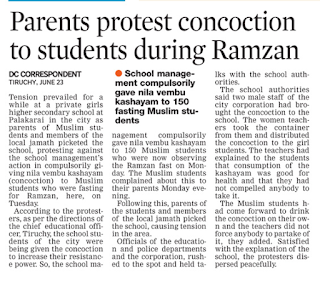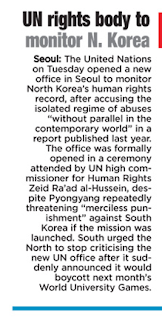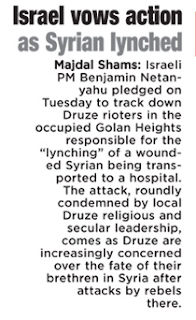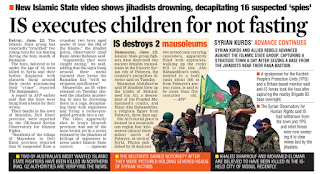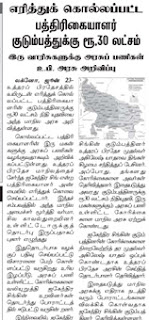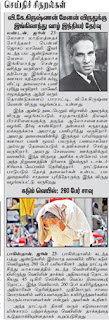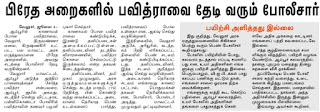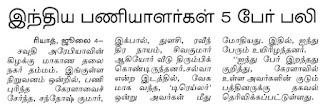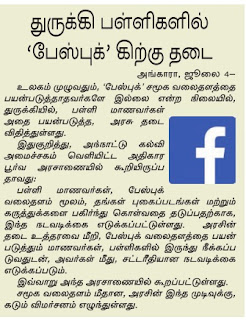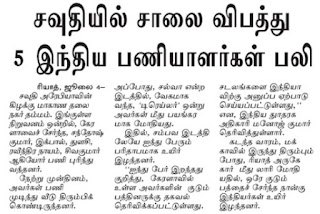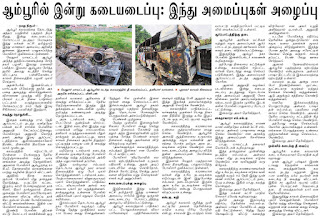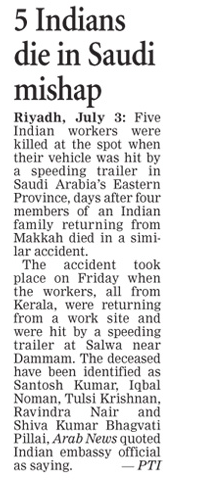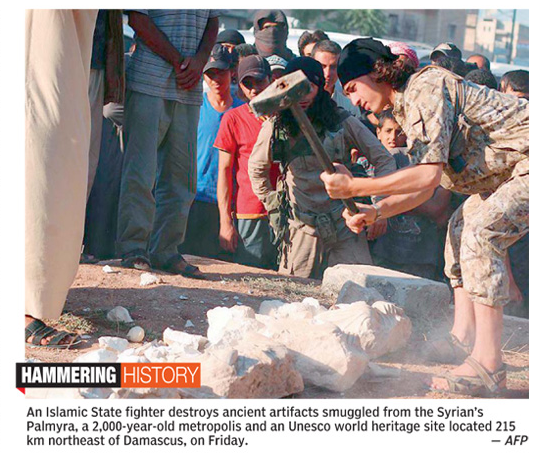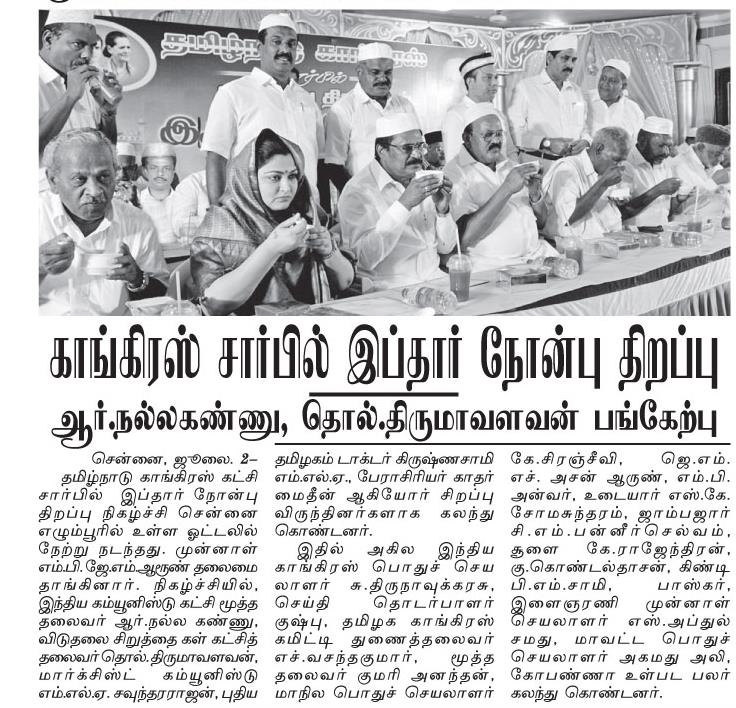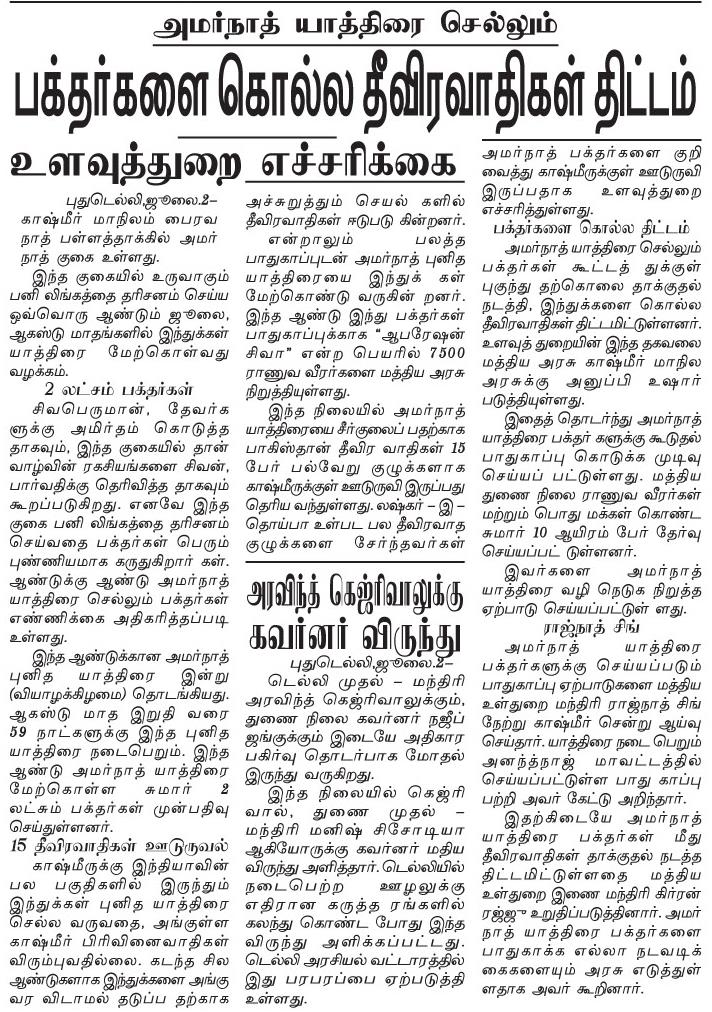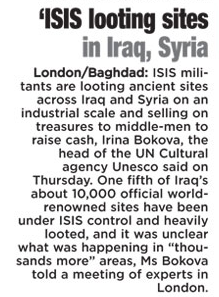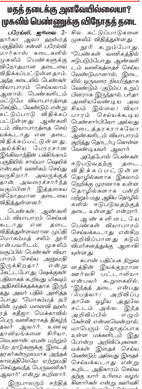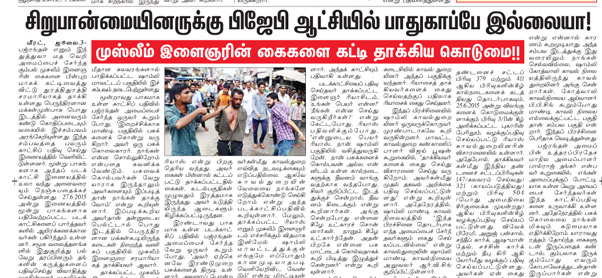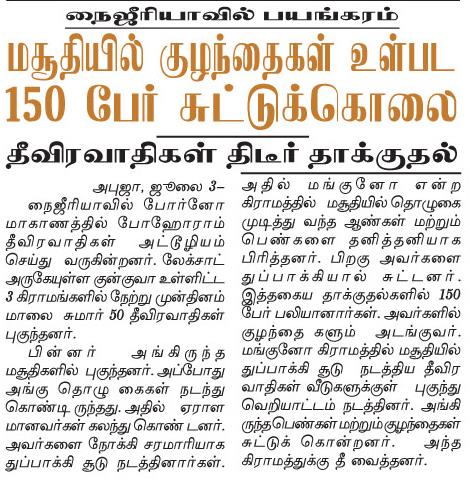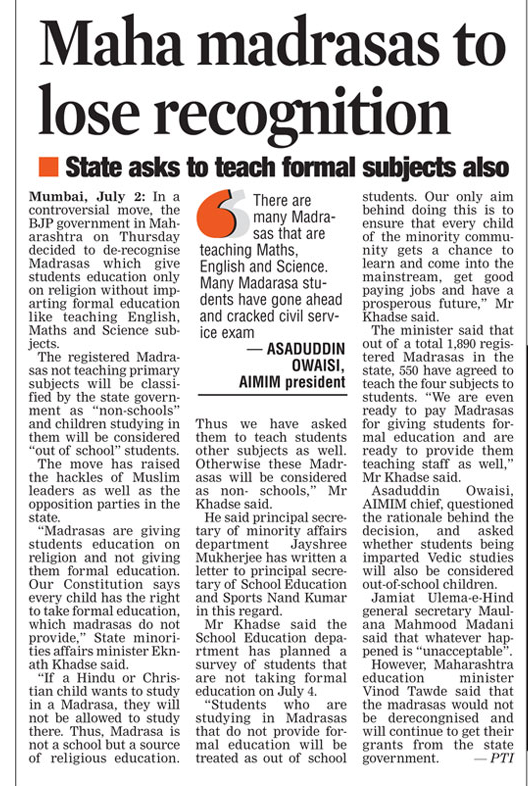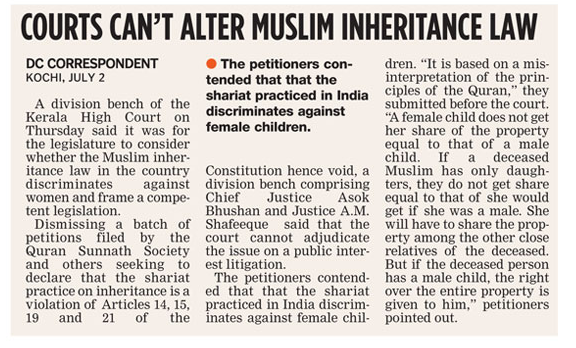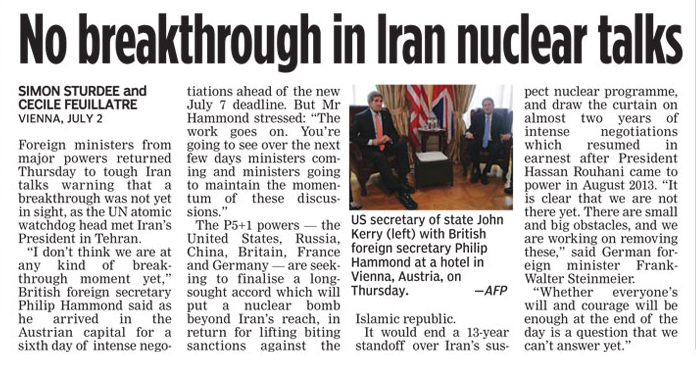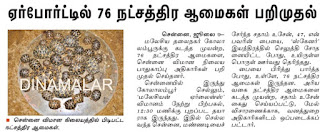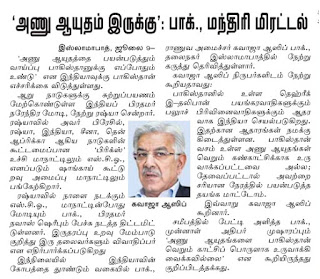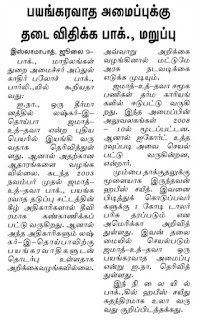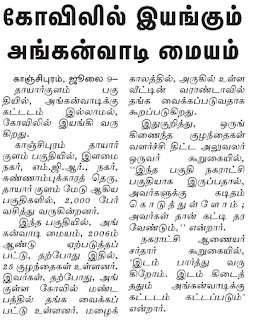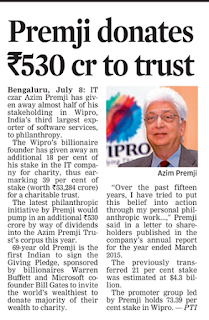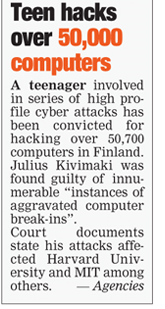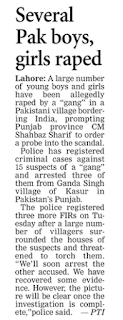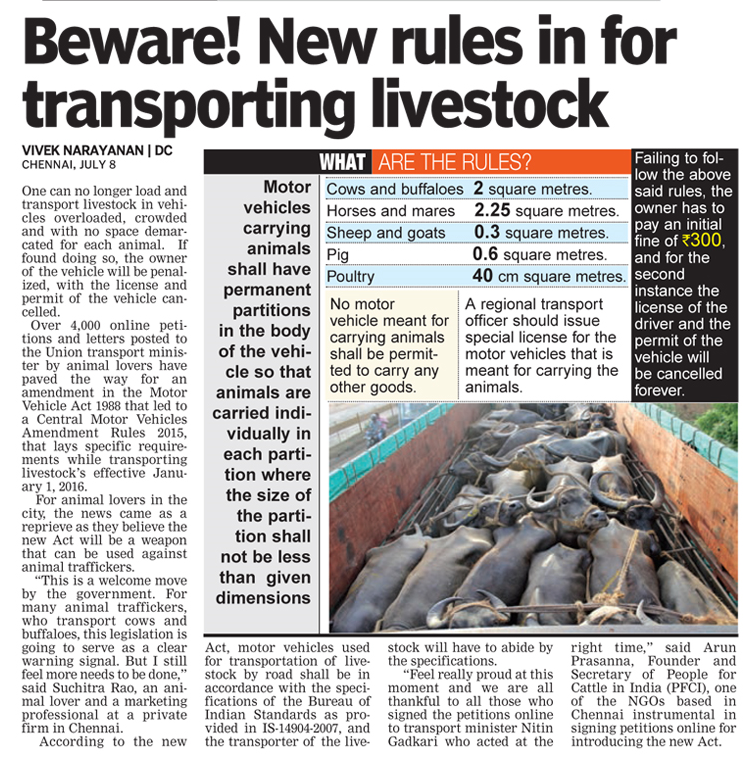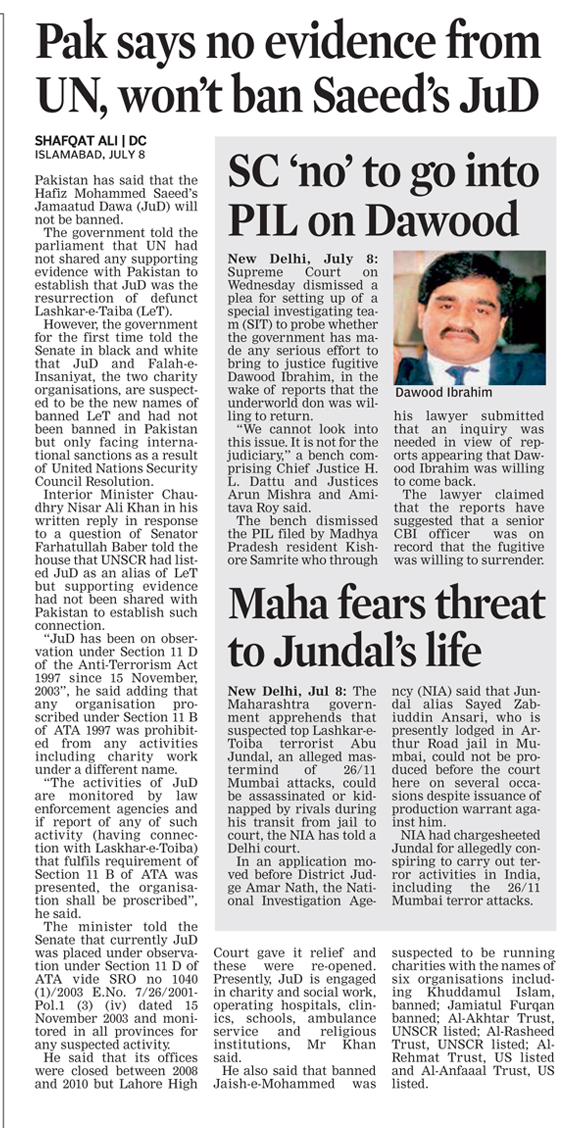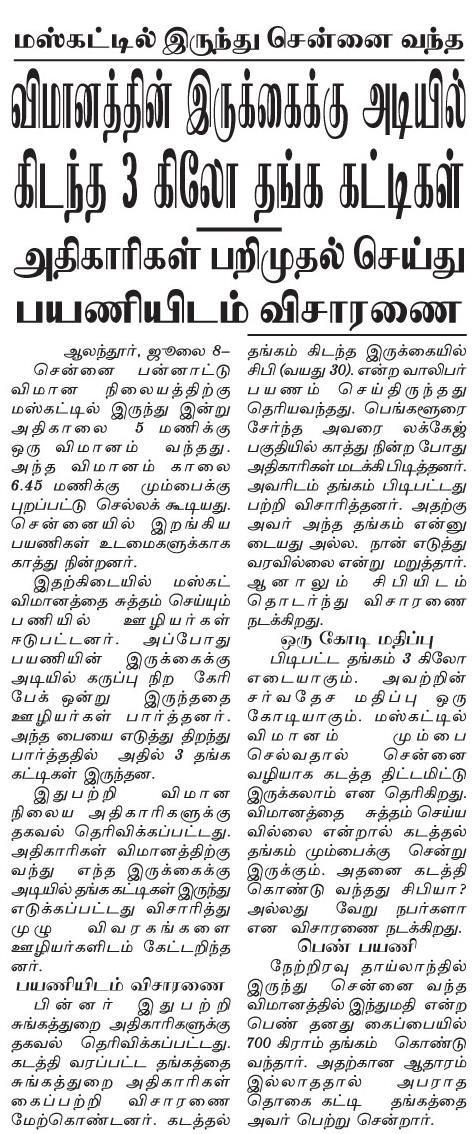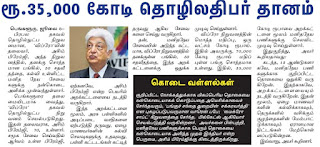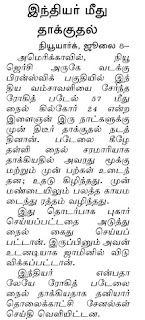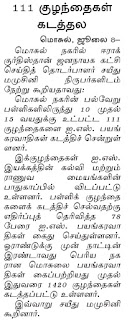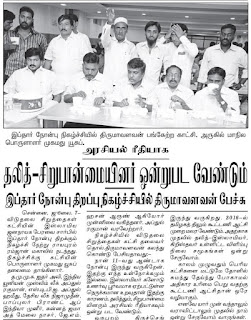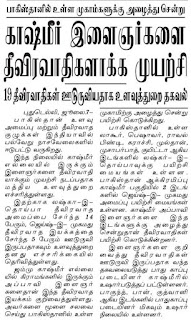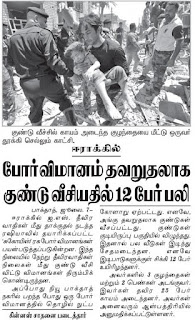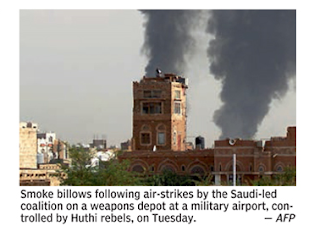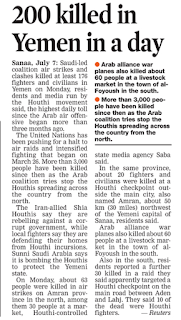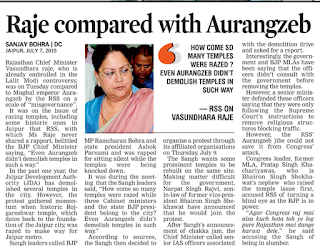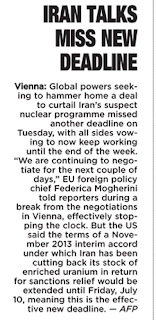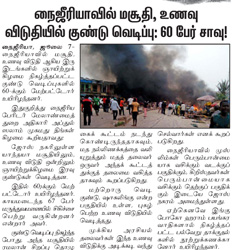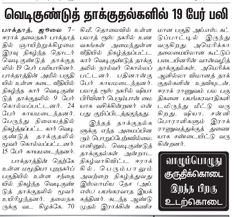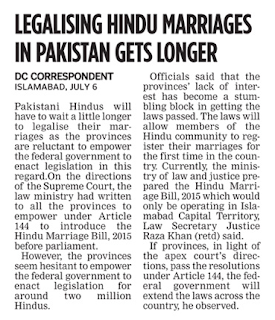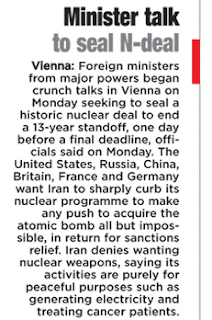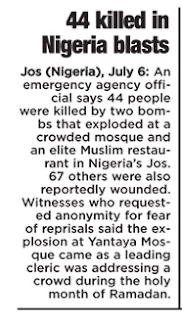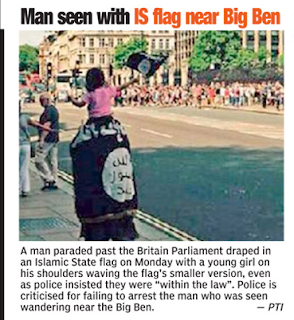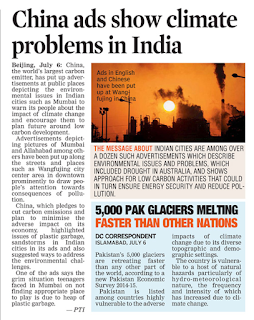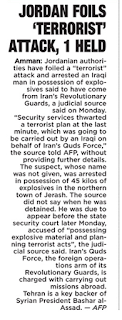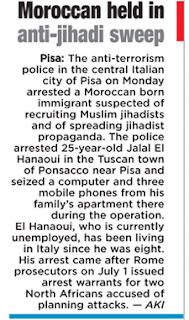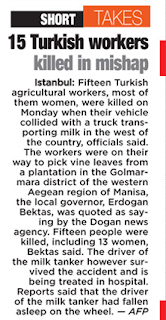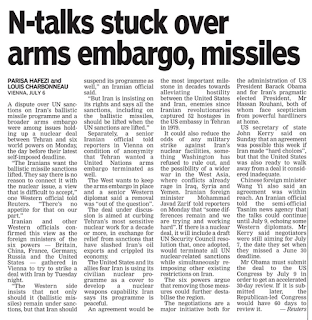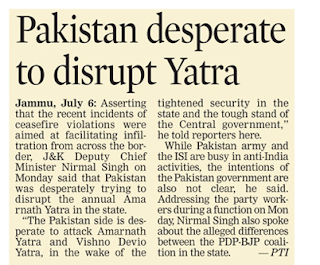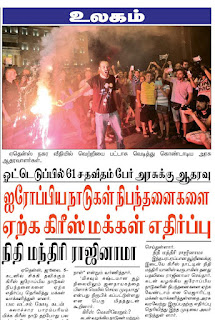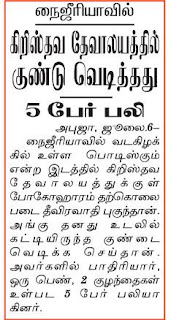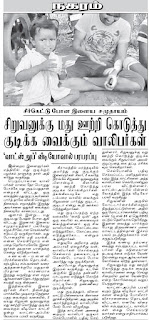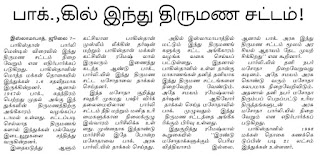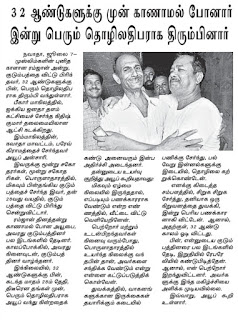SHARE ARTICLE
RELATED MAPS
Saudi Arabia (Physiology)Saudi Arabia (Regions)
ARTICLE EXPERTS
Faiza Saleh AmbahDavid Long
GLOSSARY TERMS
MeccaHajj
RELATED LINKS
The Hajj – SUSRIS Special PageRELATED TIMELINES
Saudi Arabia Overview – 700BC-Now[Previously published in SUSRIS]
Editor’s Note:
This week as the Hajj gets underway in Saudi Arabia we are pleased to provide a series of articles that will provide background information and perspective on the annual pilgrimage in Saudi Arabia. “The Hajj and Its Impact on Saudi Arabia,” by David E. Long, was originally provided in SUSRIS’ on-line companion the Saudi-American Forum, and is reprinted here as the Hajj begins in Saudi Arabia. He is author of numerous books on the Middle East and his “Kingdom of Saudi Arabia,” which was released in its second edition in September, is among the definitive texts on the subject. Long is also author of “Culture and Customs of Saudi Arabia.” We thank Dr. David Long — diplomat, scholar and author — for sharing his expertise with our readers. You can find more articles, links and resources at a SUSRIS Special Page on Hajj.
![]()
 The Hajj and Its Impact on Saudi Arabia and the Muslim World
The Hajj and Its Impact on Saudi Arabia and the Muslim World
David E. Long
Executive Summary
Each year, 2 million Muslims perform the Hajj, or Great Pilgrimage to Makkah. One of the Five Pillars of Islam, the Hajj is required of all believers once in their lifetimes provided they are physically, mentally and financially able.
For the duration of the Hajj and the traditional visit to al-Madinah afterward, the Saudi government must insure that the Hajjis are provided with adequate housing (mainly in tents), food, water, health and sanitation, ground transportation, and public safety and security.
The government has spent billions of dollars on Hajj infrastructure from the two special Hajj air terminals which are the largest structures under a single roof in the world, to the extensive preventative and curative health and sanitation facilities at all the major Hajj locations. The Saudi government has also maintained a strict policy banning political activity so that militants do not desecrate this peaceful and joyous occasion. It is a task of almost unimaginable proportions.
Each year, 2 million Muslims perform the Hajj, or Great Pilgrimage to Makkah, the birthplace of the Prophet Muhammad and where the Qur’an was first revealed to him. One of the Five Pillars of Islam,1 the Hajj is required of all believers once in their lifetimes provided they are physically, mentally and financially able. Sura (Chapter) 3: 90-91 of the Qur’an states: “And the Pilgrimage to the Temple (the Hajj) is an obligation to God from those who are able to journey there.” Although it is not technically a part of the Hajj, most Hajjis then visit al-Madinah, 450 kilometers to the north. In 622 AD, Muhammad and his followers fled to al-Madinah from mounting persecution in Makkah. The flight, known as the Hijrah, marks the beginning of the Muslim, or Hijriyyah calendar.2 Many of the chapters (suras) of the Qur’an were written down in al-Madinah.
Although many religions have pilgrimages, the Hajj is virtually unique in its worldwide participation and sheer size. It is hard for anyone who has not been in the Kingdom during the Hajj to appreciate its full scope. How can a country with a relatively small population such as Saudi Arabia maintain such a good record in administering it each year? The following is a brief overview of administrative, political, economic, and social significance of the Hajj on Saudi Arabia and indeed the entire Muslim world. But first, for those not familiar with the rites of the Hajj, it would be instructive follow the pilgrims through the rites.

The Religious Significance of the Hajj
The Hajj takes place each year during the month of Dhu al-Hijja, the last month of the Muslim calendar. It is virtually impossible to describe the deep emotions generated during the Hajj, even by watching it on Saudi television which annually records it. Each rite has a special significance. The principal rites are Ihram, Tawaf, Sa`y, Wuquf, Nafrah, Rajm, and the `Id al-Adha:3
Ihram is a ritual cleansing and consecration and declaration of intent to perform the Hajj, performed before entering Makkah. Afterwards, pilgrim don special Irham garb of white terrycloth representing the equality of all believers before God, regardless of race, gender, age or social standing. Men wear two coverings for the upper and lower body, and women wear white robes but need not cover their faces.
Tawaf, performed on arrival in the great Haram Mosque in Makkah, is completed by circling seven times around the Ka`bah, located in a great open area in the Haram Mosque. The Ka`bah is considered the spiritual and geographical center of Islam, toward which Muslims face in prayer. Tradition has it that the Ka`bah, a dark stone structure, was originally built by the Prophet Ibrahim (Abraham) and his son Ismail (Ishmael) as a place of worship of the one true God, and symbolizes monotheism which is at the heart of Islam. Each year just before the Hajj, the Ka`bah is covered with a new black velvet and gold drape called the Kiswah. Following the Arrival Tawaf, pilgrims say prayers at the Maqam Ibraham, a station near the Ka`bah, and also drink water from the holy well of Zamzam. Tradition has it that God created the well by striking a stone so that Hajar (Hagar) and Ismail might drink when they were about to die of thirst.
Sa`y consists of seven laps on foot between two elevations formerly adjacent to the mosque but now a part of the mosque complex. It commemorates Hagar’s frantic search for water. Sa`y and Tawaf together are called the Umrah (Lesser pilgrimage) and can be performed any time during the year but do not meet the obligation of Hajj.

Wuquf is performed in a ceremony of “Standing” on the Plain of Arafat, about 20 kilometers east of Makkah beginning at noon on the ninth day of Dhu al-Hijjah, called Yawm al-Wuquf, “Standing Day.” The favored spot to stand is Jabal al-Rahma, the Mount of Mercy, a rocky hill rising about 150 feet above the plain and crowned by a tall white stone obelisk. According to Islamic tradition, the Wuquf is the Hajj – the supreme hours. Everyone must literally be present at `Arafat at maghrib (sunset) or the Hajj is forfeited.
Nafrah: The word literally means “the Rush” in Arabic. As the sun finally disappears over the horizon, in its wake some 2 million Hajjis surge forth from `Arafat to Mina, some 17 kilometers away. They travel by bus, car, truck, and for many as an act of piety, by foot. With so many people, the Nafrah is one of the most chaotic and stressful exercises in this or any other religious observance. The first stop is Muzdalifa about seven kilometers west, where Sunset and Evening prayers (Salat al-Maghrib and al-`Isha) are traditionally said, and a special prayer can be said at a roofless mosque called al-Mash`ar al-Haram (the Sacred Grove). Because of the great crowds, now only the earliest to depart `Arafat usually arrive in Muzdalifa in time for Maghrib prayer, and many say them before leaving Arafat. After midnight and saying Early Morning prayer (Salat al-Fajr), the Hajjis travel on to Mina, a small town about ten kilometers farther west, where they will stay for three days.
Rajm: In Mina, Hajjis perform Rajm over the next three days, the ritual throwing of seven stones at three pillars, called Jamras which represent Shaytans (devils). The tenth through the twelfth of Dhu al-Hijja is also the `Id al-Adha (the Feast of the Sacrifice) which includes the sacramental sacrifice of a blemishless animal, usually a sheep. The `Id is celebrated not only at the Hajj but also throughout the Muslim world where it is a joyous time to visit family and friends.
On the thirteenth, Hajjis return to Makkah for a Farewell Tawaf and are free from all Ihram restrictions. At that point, the Hajj is technically over, and Hajjis are free to travel home or on to visit al-Madinah. There the pace is more relaxed and people can take more time to see the sights, principally the Prophet’s Mosque.

The Impact of the Hajj on Saudi Public Administration
Due to tremendous advances in transportation and communications technology, the Hajj has changed more in the past eight decades since Saudi Arabia formally became guardians of the Holy Places in 1926 than it had in the previous 1300 years of Islamic history.4 In 1927, an estimated 300 to 350 thousand attended with only about 150,000 from outside the Kingdom. In 1972, there was a total of 1,042,007 Hajjis, including 353,460 Saudis, 209,208 non-Saudi residents, and 479,339 from abroad. Today, an estimated 2 million perform the Hajj.
The unprecedented increase in the numbers of pilgrims has greatly increased the complexity of Hajj administration. Just to make room for foreign Hajjis, the Saudi government has restricted attendance by Saudis, many of whom formerly often attended every year, to once every five years, and has negotiated visa quotas for foreign Hajjis with their countries of origin.
Another huge logistical problem is how to dispose of the remains of the thousands of sheep annually sacrificed at Mina. For years, families were allowed to keep only what they consumed during the `Id and the rest was buried in huge pits. In recent years, however, an abattoir has been constructed to preserve the meat, and Hajjis may now purchase a sheep from an Islamic bank to be sacrificed in accordance with Islamic practice, with the meat then distributed to the poor throughout the Muslim world. Increasing numbers of Hajjis are choosing this option, which combines piety with charity.
Providing Zamzam water for so many Hajjis is a major task. Traditionally, the Zamzamis roamed the Haram Mosque providing water to all who asked. But with so many pilgrims today, they must now store the water well in advance, replenish portable containers and paper cups in numerous, strategically located places around the mosque, and continuously refill them as needed. A charitable foundation also bottles Zamzam water for sale throughout the world.
To meet these administrative needs, the Saudi government has established a combination of public services and government regulated privately administered Hajj services:

The Hajj Private Service Industry
For centuries, Hajj administration was largely in the hands of ancient, family-organized guilds that arranged for food, lodging and transportation, and also guided pilgrims through the Hajj rites: Wakils, or Agents, who guided them to Makkah, usually from the nearby port city of Jiddah; the Mutawwifs (from the word Tawaf), who guided Hajjis through the Hajj rites; Zamzamis, who distributed Zamzam water; and Dallils, or Guides, who guided visitors to al-Madinah. Lacking the resources to take over these tasks, King Abd al-Aziz (“Ibn Saud”) left them in the hands of the guilds. As the Hajj was the backbone of the economy of the Hijaz, the guilds had traditionally charged literally whatever the Hajj traffic would bear. However, the Saudi government, which takes its responsibility as custodian of the Two Holy Places very seriously, strictly regulates the guilds in order to insure that the Hajjis not be overcharged. Today, the guilds function much as public utilities. To the present day, the principal responsibility for providing personal services to the Hajjis rests with the Mutawwifs, who act essentially as religious tour guide companies for designated countries of origin. They are responsible for looking after the Hajjis under their care from the time they leave home for Saudi Arabia until they return home again.
The Hajj service industry also includes other regulated private sector enterprises. Overland bus transportation is provided by a combination of foreign and Saudi public and private companies. Of the 11,5000 buses in service in the 2002 Hajj, the Saudi Transportation Syndicate, made up of several private companies, provided 7,000, and the Saudi Arabian Public Transportation Company (SAPTCO) provided 600. SAPTCO is a publicly traded, government-managed company whose board of directors is chaired by the Undersecretary of Communications. It was created 24 years ago to provide bus scheduled intercity and international service and chartered service for the Hajj and Umrah. The rest of the buses come from foreign countries.6
In 1945, Saudi Arabia established Saudi Arabian Airlines (Saudia) as a national air carrier. In addition to providing domestic and international air service, it was also given the mission to provide service “for Moslems on pilgrimage to the Holy Cities of Islam in Saudi Arabia.”7 In the 2003 Hajj, Saudia plans to carry 893,702 Hajjis on 1,754 flights from 70 international destinations.8 Most Hajjis will enter the Kingdom at Jiddah, the main Hajj port of entry, where two special Hajj air terminals await them, the largest structures under a single roof in the world.
Public and private Islamic foundations also are involved in operations such as providing and distributing sacrificed meat and Zamzam water. The Ministry of Awqaf (Islamic foundations; sing. Waqf) also acts as a repository for those who wish to donate charitable contributions as a part of their Hajj experience.

Hajj Public Services
In addition to government-regulated and government-owned Hajj service companies, Saudi Arabia must also provide extensive direct government services for the Hajj. Overall services are coordinated by the Hajj Ministry and the inter-agency Central Hajj Committee. Public safety, public security and traffic control are provided by the Ministry of Interior, and were a special crisis to arise, it can also call on the National Guard. It is responsible for regulating entry and exit from the Kingdom at all land, sea and air ports of entry, and insuring their safe overland travel to and from Makkah and al-Madinah. For the most part, overland traffic is spread out over a number of weeks, but during the Nafrah, all 2 million Hajjis set out at the same time for the same place. It has become one of the greatest traffic gridlocks in the world. Despite Herculean efforts by the traffic police, supplied with the most up-to-date equipment; the journey from Arafat to Mina can take over 12 hours. By comparison, consider a dozen Super Bowl games getting out at the same time and place, everyone all heading in the same direction.
Public health is another Herculean task. Modern health services were originally created in the 19th century because of fear in Europe and America over the spread of cholera. Asian Hajjis brought cholera to Makkah, and North African Hajjis spread it from there to Europe and America. The Western powers pressured the Ottoman sultan to create an international organization called the Paris Office of Hygiene to oversee the health and sanitation aspects of the Hajj. After World War II, the newly formed World Health Organization assumed this responsibility after absorbing the Paris Office. In 1956, the Saudi Ministry of Health assumed responsibility for Hajj health and sanitation and now operates extensive preventative and curative health and sanitation facilities at all major Hajj locations.9 The Saudi Red Crescent Society also participates, operating first aid and other facilities.
Of lesser magnitude but equally important, personnel in Saudi Embassies and Consulates abroad must be augmented each year to process foreign Hajj visa applications. At home, the Foreign Ministry also plays host to VIPs making the Hajj, including cabinet ministers, heads of state and other important personages.

Hajj Infrastructure
The government has also spent billions of dollars on Hajj infrastructure. This has included major expansions of the two holy mosques in Makkah and al-Madinah. The Haram Mosque can now comfortably accommodate a million worshipers, and during the Hajj, twice that number pack into it. There are also two new levels to increase capacity for performing the Sa`y. The Prophet’s Mosque in al-Madinah has also been expanded, although the crowds are smaller there during the Hajj.10 In Mina, the space for throwing stones at the three Jamras has been increased to three tiers.
To accommodate overland transportation at the Hajj, the Saudi government has constructed hundreds of miles of all weather, four lane highways, particularly between Arafat and Mina. It has also installed created a fully computerized traffic control system. Each year, portable tent cities are set up at `Arafat and Mina to provide housing, food, water, health and sanitation, transportation, telecommunications, public safety, banking facilities, markets – indeed all amenities of a city of 2 million people. All in all, nearly every Saudi government agency and ministry becomes involved one way or another in making the Hajj an administrative success.
The Political Significance of the Hajj
The Saudi government has always maintained a strict policy banning political activity under the pretext of attending the Hajj, welcoming Muslims regardless of their political persuasion. Nevertheless, over the years there have been a number of political activists that have tried to use the occasion to press their political agendas. During the height of Arab socialism, radical Arab nationalists made periodic attempts to embarrass the Saudi regime by disrupting the Hajj, but none of them were successful. In an attempt to challenge Saudi Arabia’s role of leadership in the Muslim world and discredit its custodianship of the Islamic holy places, the Khomeini regime in Iran sent provocateurs to disrupt 1982 Hajj in an attempt. Tensions mounted in subsequent years, until 1987 when 400 people were killed and Saudi security services had to be called in to quell violent agitation by Iranian Hajjis.11 Muslims throughout the world condemned the agitation as a desecration of the Hajj.
Since then, the Hajj has remained a peaceful and joyous occasion as it was intended to be. However, in the wake of the attacks on September 11, 2001, the threat of violent political activity has increased as militant Muslims put forward the claim that anti-American and anti-Zionist demonstrations would be in the name of Islam, not politics.

The Economic Impact of the Hajj
Prior to the oil era, the Hajj was the economic backbone of the Saudi economy. With vast oil wealth, the government no longer depend on Hajj revenue, but it is still a major source of income for the private sector. In addition to the Hajj service industry, the Hajj is a major season for the consumer retail season as well, somewhat analogous to the Christmas season in the United States. Hajjis from third world countries in particular buy items that are hard to get or highly taxed at home, such as medicines and luxury items such as perfumes and jewelry. For the 2003 Hajj, about 1500 young Saudis have been hired and trained to accompany the Hajjis on their sacred journey. According the project director, the aim of the project is to create employment for Saudi youth while helping guests and serving in the worship of God.12
In recent years, Islamic religious tourism has been expanded far beyond the Hajj. Many Muslims from all over the world now perform the Umrah year round. The fasting month of Ramadhan is particularly busy season, as many Saudi residents also flock to the Holy Places. At the month draws to an end, Muslims celebrate the anniversary of the first revelation of the Qur’an. On this lailat al-qadir, or “night of power,” some three million people perform tarawih prayers in the Haram Mosque, more than at the Hajj.13
With year round visits now to the two Holy Places, there are no published figures that break out gross revenues generated by the Hajj, but they are estimated to be in the billions of dollars, including annual government expenditures.
The Social Impact of the Hajj
In its size and global scope, the Hajj is the greatest single ritual celebration, not just of Islam, but of any religion anywhere. As one of the Five Pillars of Islam, it is an obligation for one-fifth of world’s population. During the month of Dhu al-Hijjah, virtually the entire population of Saudi Arabia is intimately touched by the Hajj, whether directly in its administration, its service industry, as a purveyor of personal goods and services, or indirectly by observing it on television. The `Id al-Adha, observed at the end of the Hajj, is celebrated throughout the Muslim world as a time of worship and fellowship with family and friends.
Unlike the impact of the Hajj on many foreign visitors, whose journey is a mystical, once in a lifetime experience, the Saudi experience while visiting the Islamic Holy Places, during the Hajj or at any other time of year, is a local, accessible reality. The sites are the physical and geographical manifestation of the birth of Islam. This blending of the highly sacred and the familiar commonplace has permeated Saudi society to such an extraordinary degree that it can be felt in virtually every human endeavor from politics to business to simple recreation.
Notes:
1. The other pillars are the Shahada, or Profession of Faith: “There is no god but God and Muhammad is the Prophet of God”; Salah: regular prayer five times a day while facing Makkah; Zakat: charitable giving; and Sawm: fasting from sunup to sundown during the Muslim month of Ramadhan.
2. The Muslim, or Hijriyyah calendar, designated “AH,” began on July 16, 622. Its lunar years are eleven days shorter than the solar year, resulting in the Hajj beginning earlier each solar year.
3. It is important to note that this description is highly abbreviated. The actual rites are somewhat more complicated and include numerous variations and details.
4. The Saudis were actually in control of Makkah in 1925, and allowed to perform the Hajj, though numbers were greatly reduced.
5. Long, The Hajj Today, p. 135. Figures are derived from collating multiple sources.
6. The Saudi Arabian Information Resource, 18 December 2002,
(http://www.saudinf.com/main/y5068.htm ).
7. Saudi Arabian Airlines, “The Story of Saudi Arabian Airlines,” (pamphlet, 1970), pages unnumbered.
8. Ibid. 6 January 2003, ( http://www.saudinf.com/main/y5159.htm ).
9. See David E. Long, The Hajj Today, (Albany, NY: SUNY Press, 1979), pp. 76-87.
10. Greg Noakes, “The Servants of God’s House,” Aramco World, January/February 1999, pp. 48, ff.
11. John L. Esposito, “The Iranian Revolution: A Ten Year Perspective,” in John L. Esposito, ed., The Iranian Revolution: Its Global Impact, (Miami: Florida International University Press, 1990), pp. 34-35.
12. Saudi Arabian Information Resource, 14 January 2003, ( http://www.saudinfo.com/main/y5204 )
13. Noakes, Loc. cit.
[Originally published in SUSRIS on January 6, 2006]


































































































































































































































